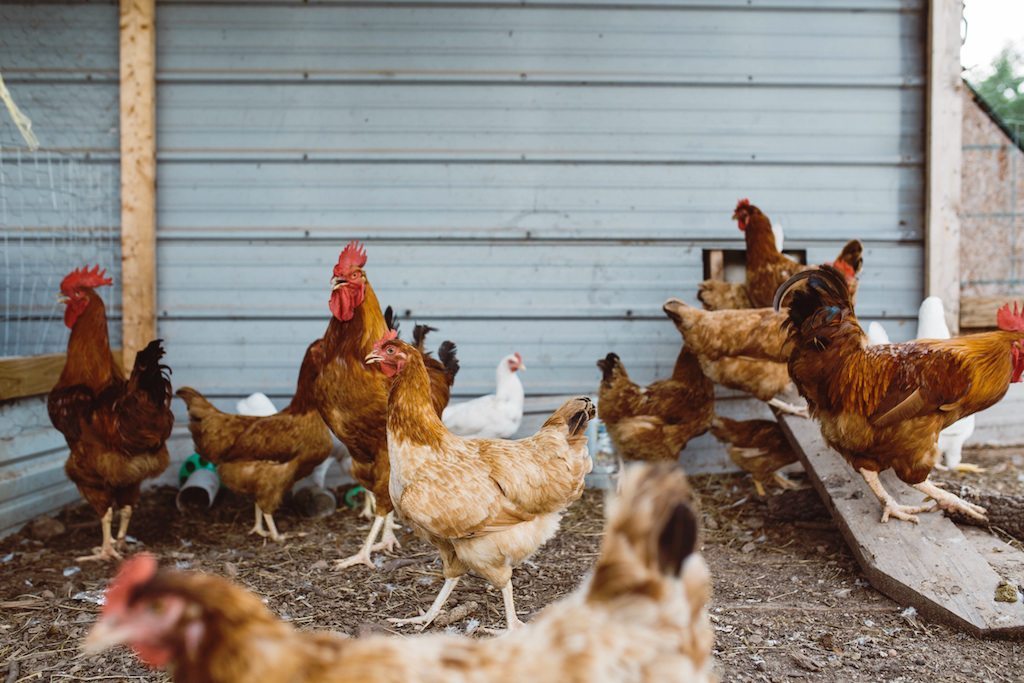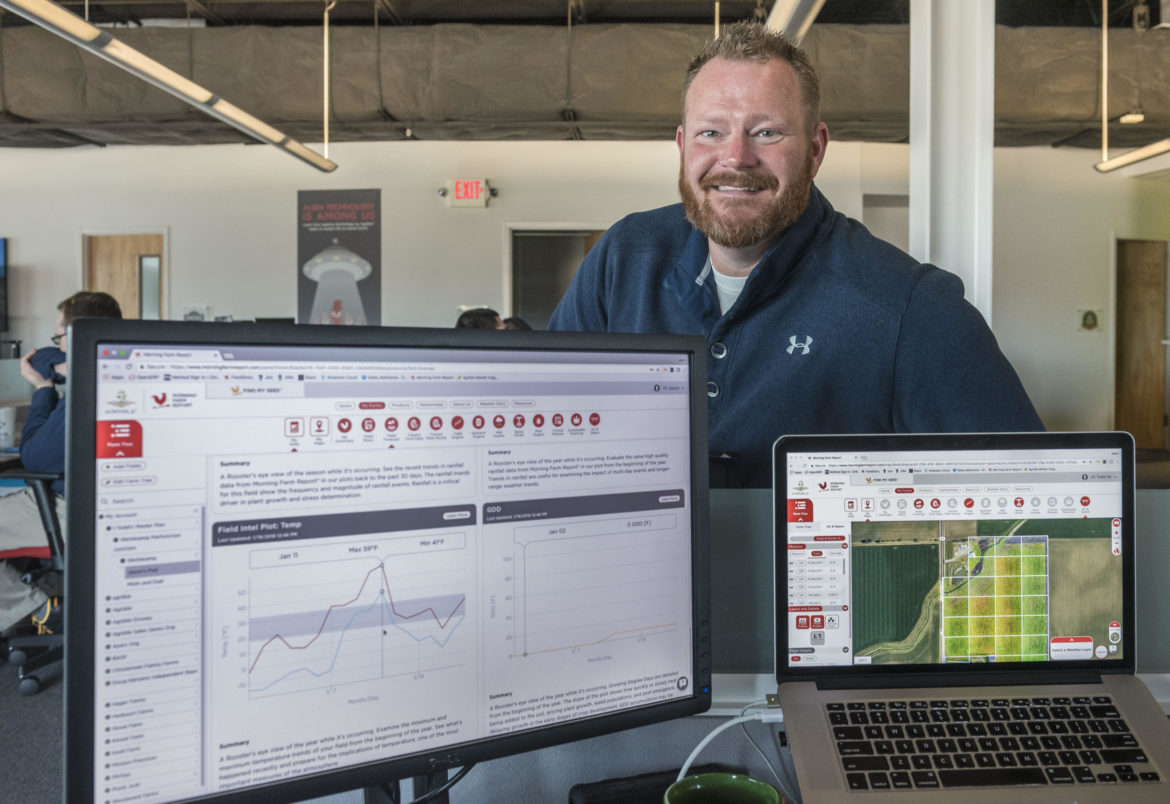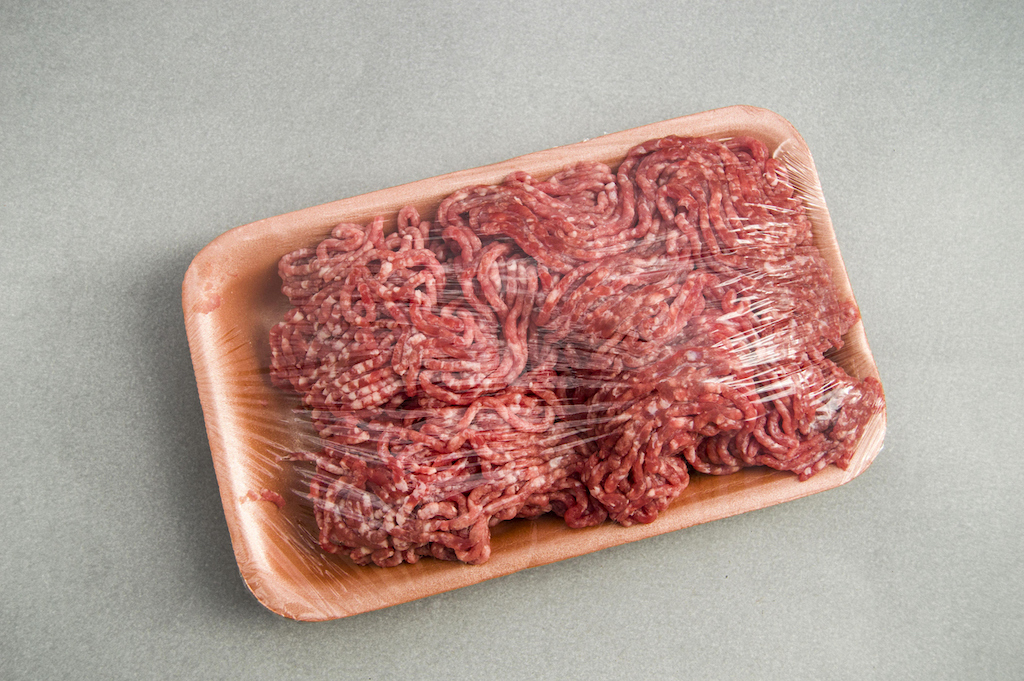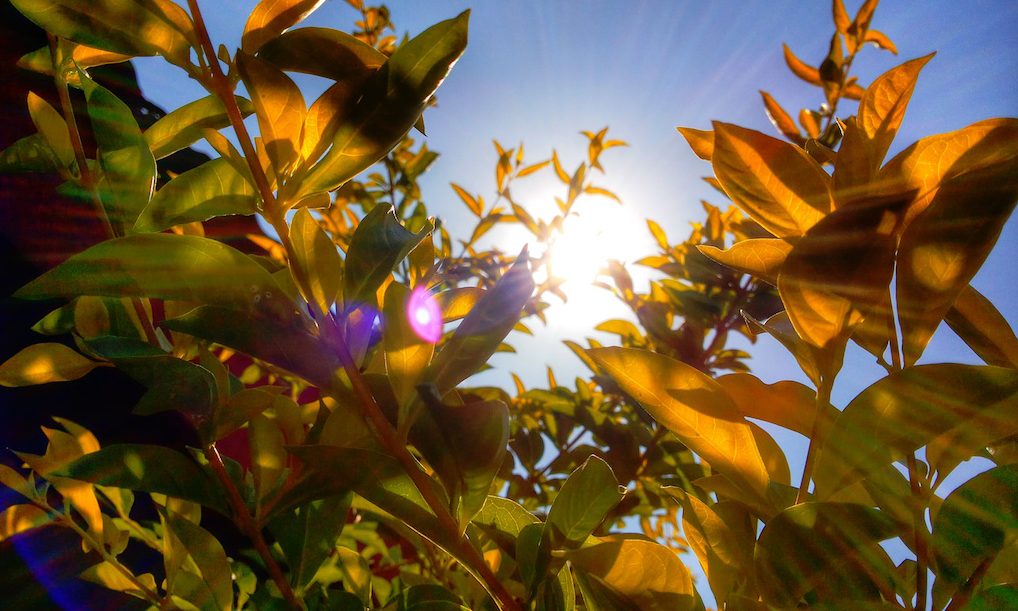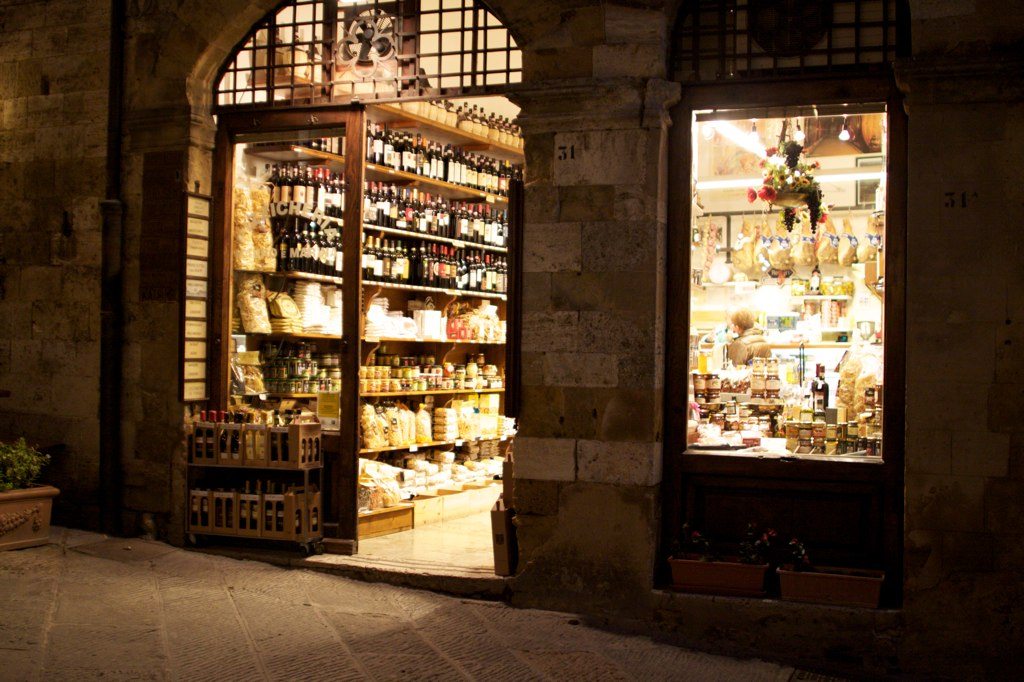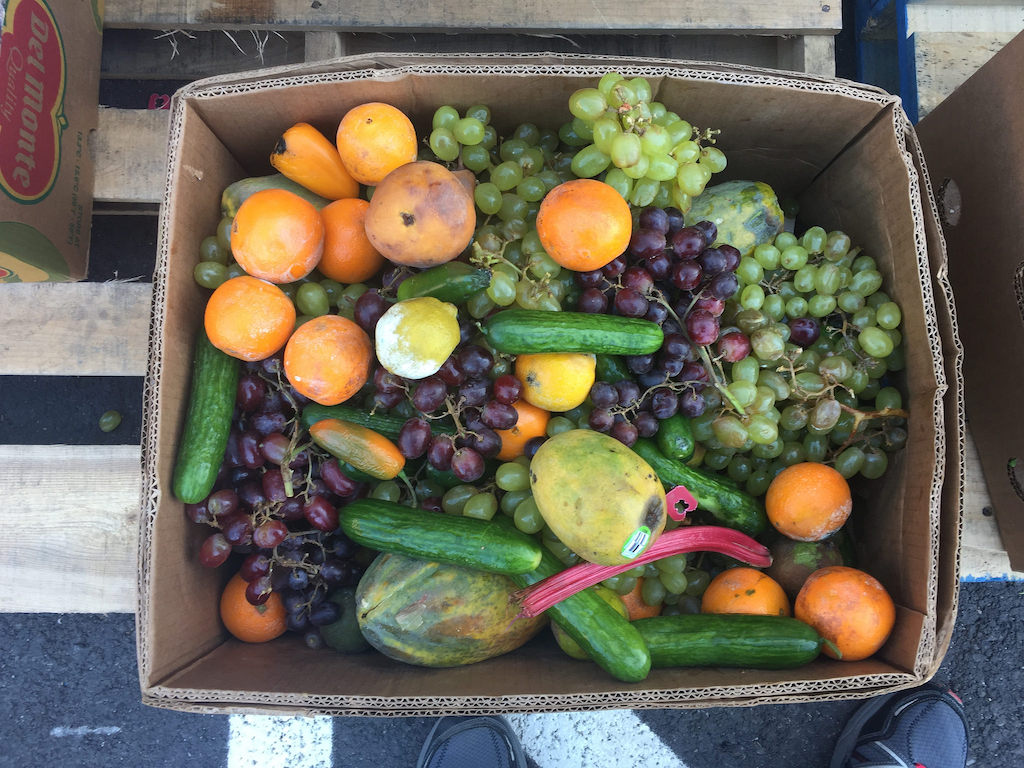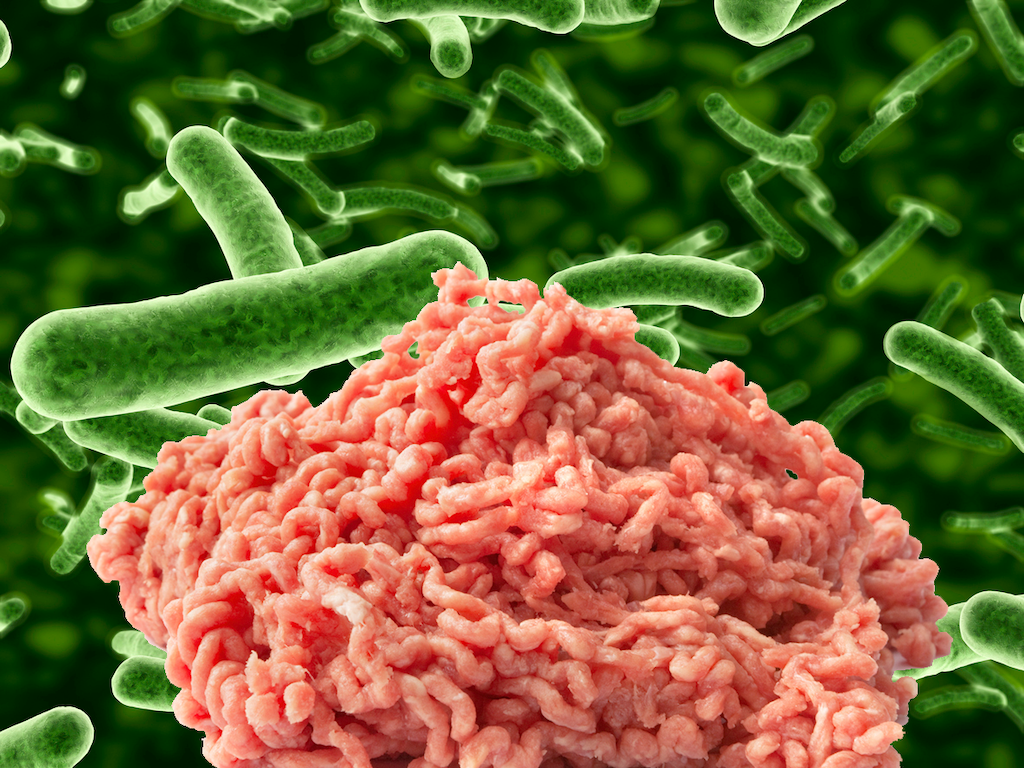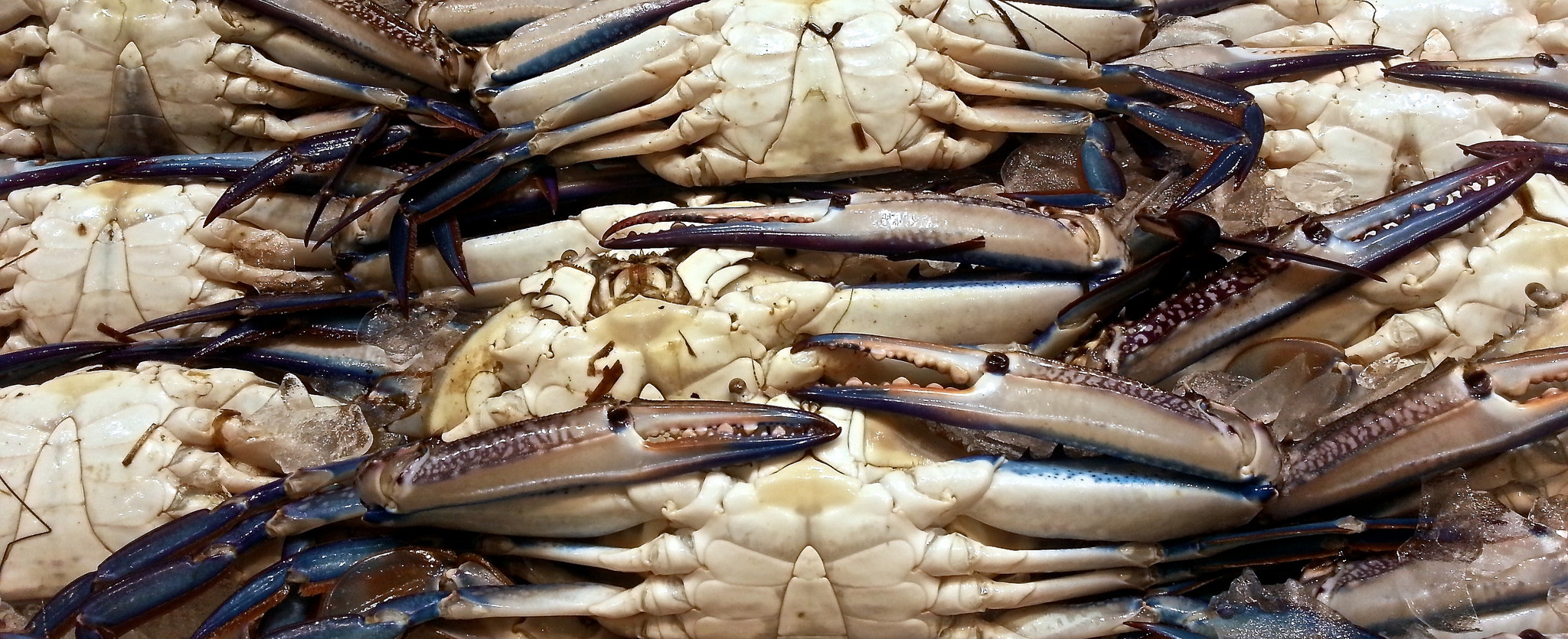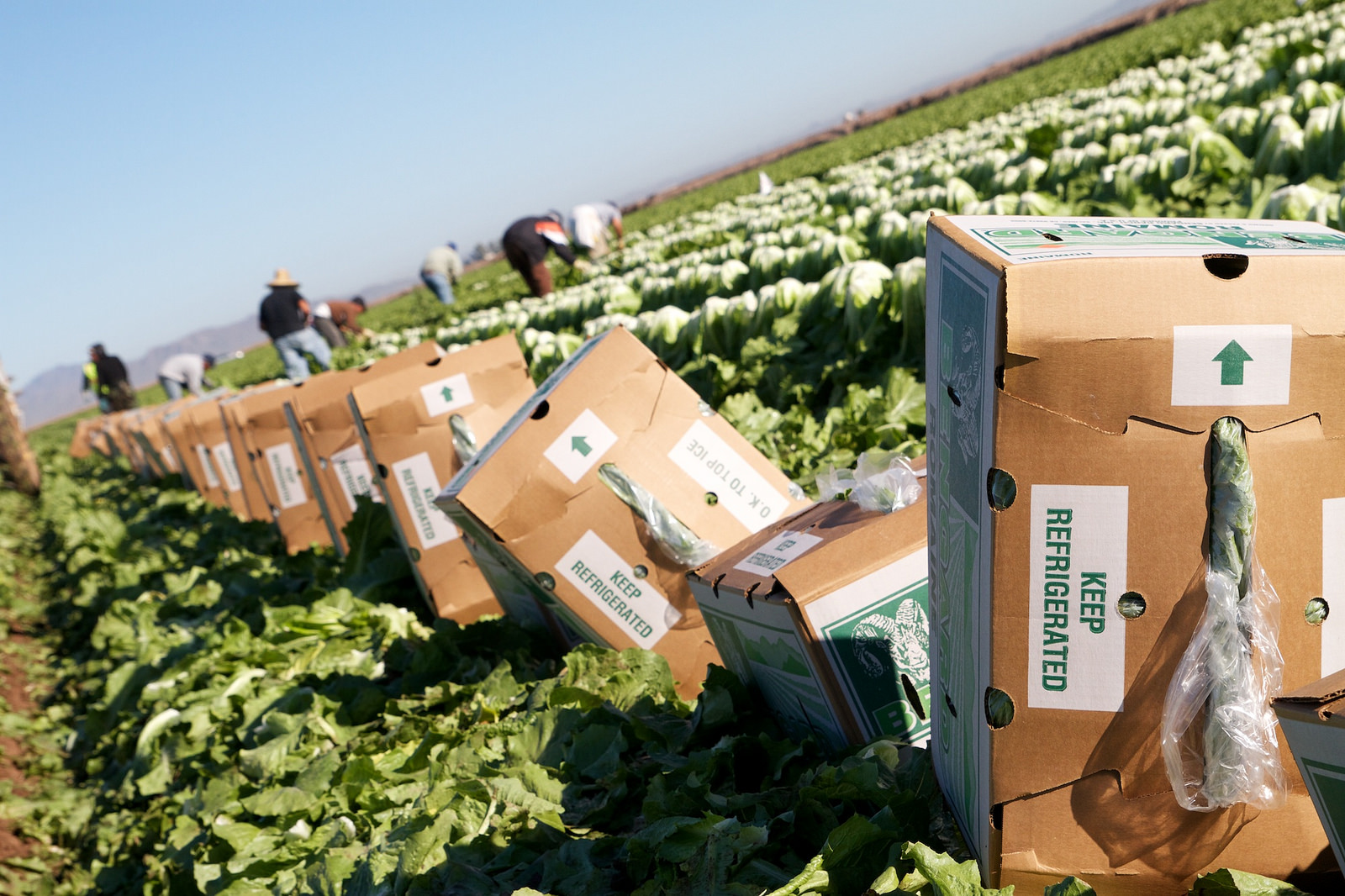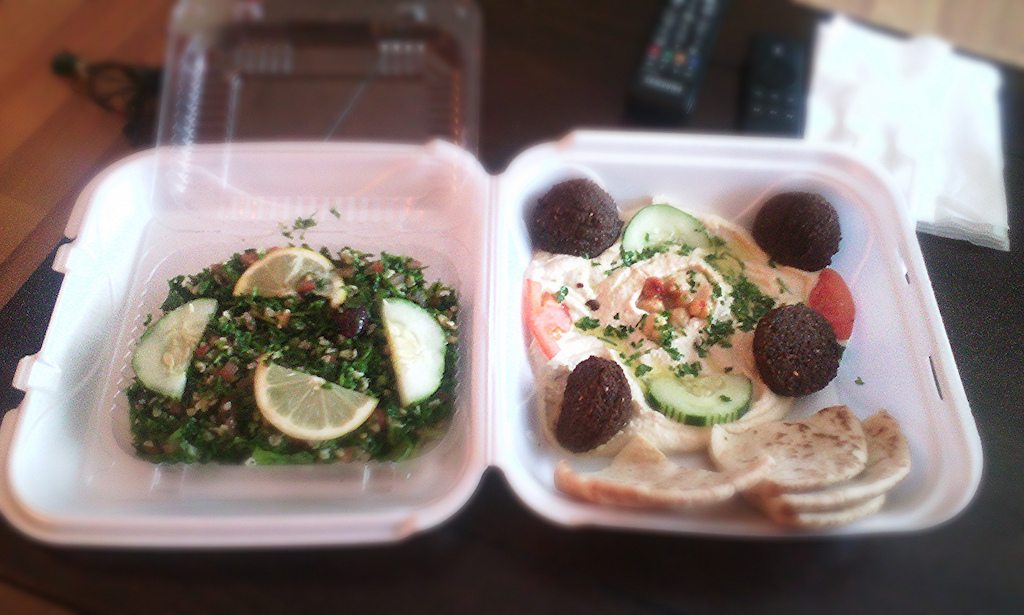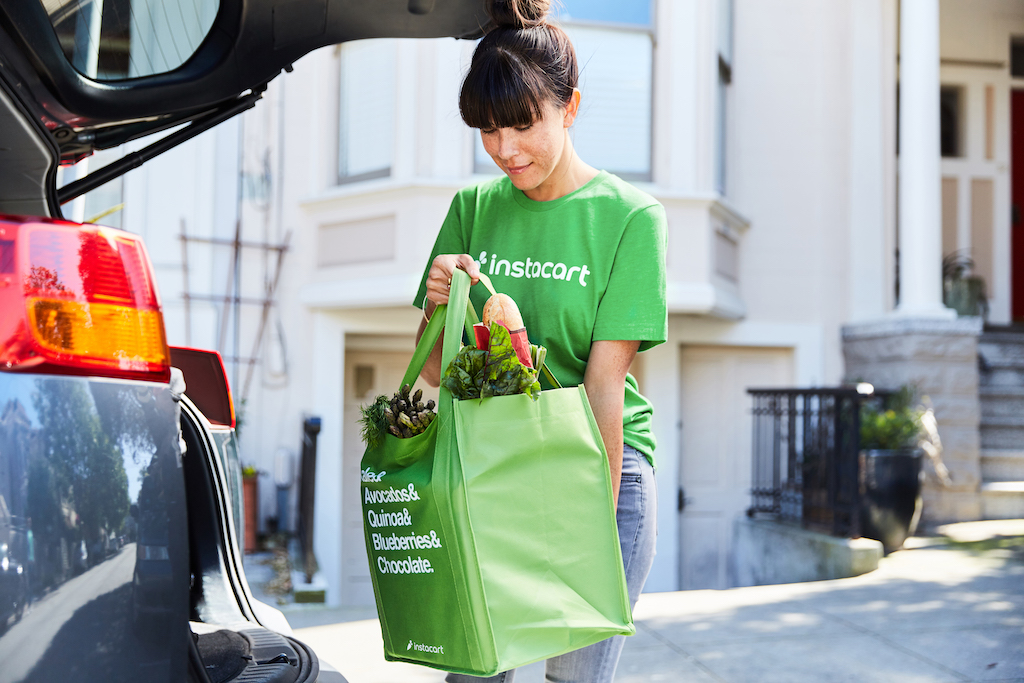Last week, two major companies agreed to phase slower-growing chickens into their supply chains: the fast-casual chain Panera Bread, and Sodexo, one of the world’s largest foodservice providers. Both companies have pledged that, by 2024, they will be in accordance with the Global Animal Partnership’s (GAP) 5-step rating system for chicken, which stipulates the use of breeds that grow no more than 50 grams a day–about 23 percent slower than typical commodity chickens. (The GAP standard also requires other welfare-minded improvements like more living space and access to natural light.)
Panera and Sodexo are following the lead of Whole Foods, which made the first such pledge in March. It’s not the first time the natural grocer has used its clout to shift animal welfare standards, and its actions may be the sign of a coming industry-wide change along the lines of what happened with “cage-free.”
What’s not to like about conventional, quickly-growing birds? Well, they’ve been bred to put on weight much faster than their bodies can handle, which leads to health problems—heart trouble, broken bones, lameness, and infection, all of which increase the risk of premature death. And pictures of bloated-looking, immobile birds are disturbing enough to rile consumers. In the Netherlands, for instance, the animal rights group Wakker Dier launched ads comparing normal birds to the gargantuan proportions of what they called the “plofkip,”—literally, “exploding chicken.”
The campaign was a massive success: three of the biggest Dutch supermarkets promised to go plofkip-free, the word gained nearly 100 percent name recognition within the country, and was named 2012’s word of the year by the magazine Onze Taal. By going slow-to-grow, companies like Panera and Sodexo may be hoping to get out ahead of a similar outcry in the States.
Here’s what makes this more complicated: some consider slower-growing birds to be environmentally unfriendly, pitting welfare considerations against sustainability measures. Anthropocene magazine spells out the basic gist of this argument: if 80 percent of the environmental impact of livestock comes from growing feed, animals that live longer and eat more are worse for the earth. That’s a bit simplistic, though. It’s not that traditional birds are more efficient. They’re just slaughtered sooner. And it’s a stretch to call the status quo “sustainable.” The industry is plagued by mortality problems and quality issues (like “woody breast”) that lead to rampant waste. And sickly birds require routine treatment with human-grade antibiotics. These are issues that can all be greatly mitigated by using slower-growing breeds.
Still, the point about feed stands. A group of Dutch researchers conclude that slow-growing chickens fare worse according to a variety of environmental metrics, from resource usage to climate impacts. But what about the fact that slower growers tend to need less protein? Can’t we find less-resource-intensive ways to feed them? Maybe. Tweaking the standard chicken diet (less soy, more wheat, maybe some animal fat or fishmeal) may help significantly. The study mentions other possibilities, too, “like human garbage, other waste products, worms and grass,” that need further investigation. The authors also admit a limitation of their study: it considers only chickens in the conventional system. What about birds raised on pasture, who are able to “eat all the living grasses, plants, insects, etcetera, that they can find”? No one actually knows, these scientists concede. More research is necessary.
